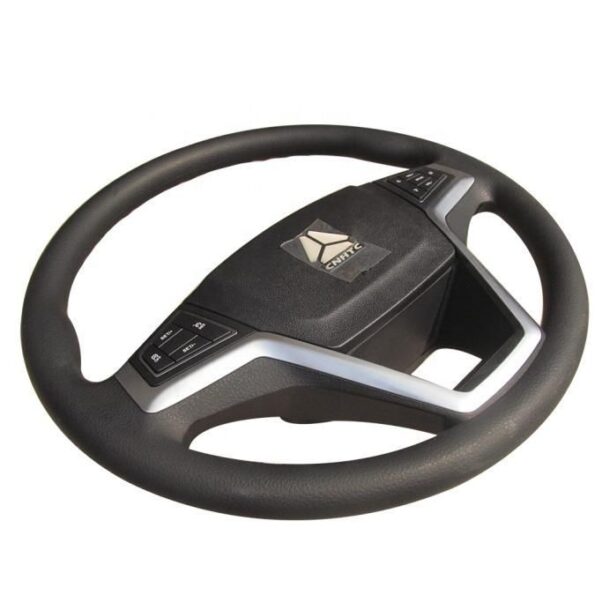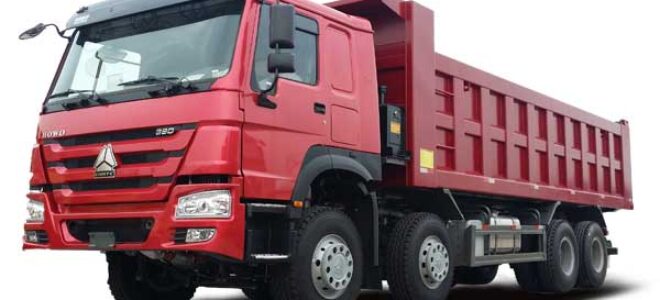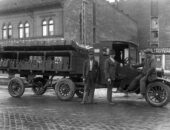1. Steering system The composition of the steering system
Steering system is mainly composed of steering wheel, steering shaft and steering column. steering system:
(1) A series of devices generally used to change or maintain the driving or reversing direction of the vehicle are called the vehicle steering system;
(2) The function of the vehicle steering system is to control the driving direction of the vehicle according to the driver’s wishes;
(3) The truck steering system is very important to the driving safety of the truck, so the parts of the truck steering system are called security parts. The truck steering system and the braking system are two systems that must be paid attention to in truck safety.
2. The working principle and characteristics of the steering system
(1) Steering wheel: When the driver turns the steering wheel, the pump sends high-pressure hydraulic oil through the hose to the gearbox, which turns the wheels in the desired direction. A unique feature of Sinotruk’s steering system is its excellent performance in harsh environments. The system is designed to work in extreme weather conditions, such as high humidity or extreme temperatures, making it ideal for heavy-duty applications. Another feature is its reliability and durability. The steering system is constructed of high-quality materials and designed for efficient operation, ensuring long-lasting performance with minimal maintenance. Additionally, it provides excellent feedback and control, enabling the driver to maintain a smooth ride over rough terrain.

(2) Steering axle: One of the unique features of Sinotruk’s steering axle is its excellent strength and durability. The axles are made of high-quality materials and can withstand heavy loads, making them ideal for use on heavy-duty trucks. In addition, the steering system is designed for optimum efficiency, helping to reduce fuel consumption and emissions. In addition, advanced technology used in the steering system ensures excellent maneuverability and handling on rough and uneven surfaces.

(3) Steering column: The steering column transmits the movement of the steering wheel to the steering gear, which then turns the wheels in the desired direction. The steering column is equipped with various safety features, including a locking mechanism that prevents the steering wheel from being turned accidentally while driving. It also has a tilt/telescopic function that allows drivers to adjust the steering wheel to their preferred position, ensuring a comfortable driving experience. Another notable feature of a steering column is its solid construction and durability. It is made of high-quality materials to withstand heavy loads and the rigors of daily operation. This durability ensures that the steering column will work efficiently for many years without frequent replacement. Additionally, the steering column is designed to provide excellent handling and maneuverability, even on challenging terrain. It improves the overall driving experience by providing smooth and precise steering, which greatly increases driver confidence and reduces fatigue.

3. Daily maintenance skills for steering system
In order to ensure the normal operation of the steering system, regular maintenance is essential. Here are some basic tips for maintaining your steering system:
(1) Regularly check the fluid level of the power steering system and keep it at the recommended fluid level to ensure smooth operation of the system.
(2) Check the steering system hoses and seals for signs of wear or damage. Replace any damaged parts to prevent leaks and ensure proper operation.
(3) Regularly check the alignment of the front wheels to ensure proper steering and handling.
(4) Check the condition of the steering wheel and replace if worn, torn or damaged.
(5) Check the power steering pump pulley and belt for damage or wear, and replace if necessary.
By following these simple maintenance tips, you can ensure optimal performance of your steering system and extend the life of your vehicle. Regular maintenance helps prevent breakdowns, increases safety and reduces repair costs.




